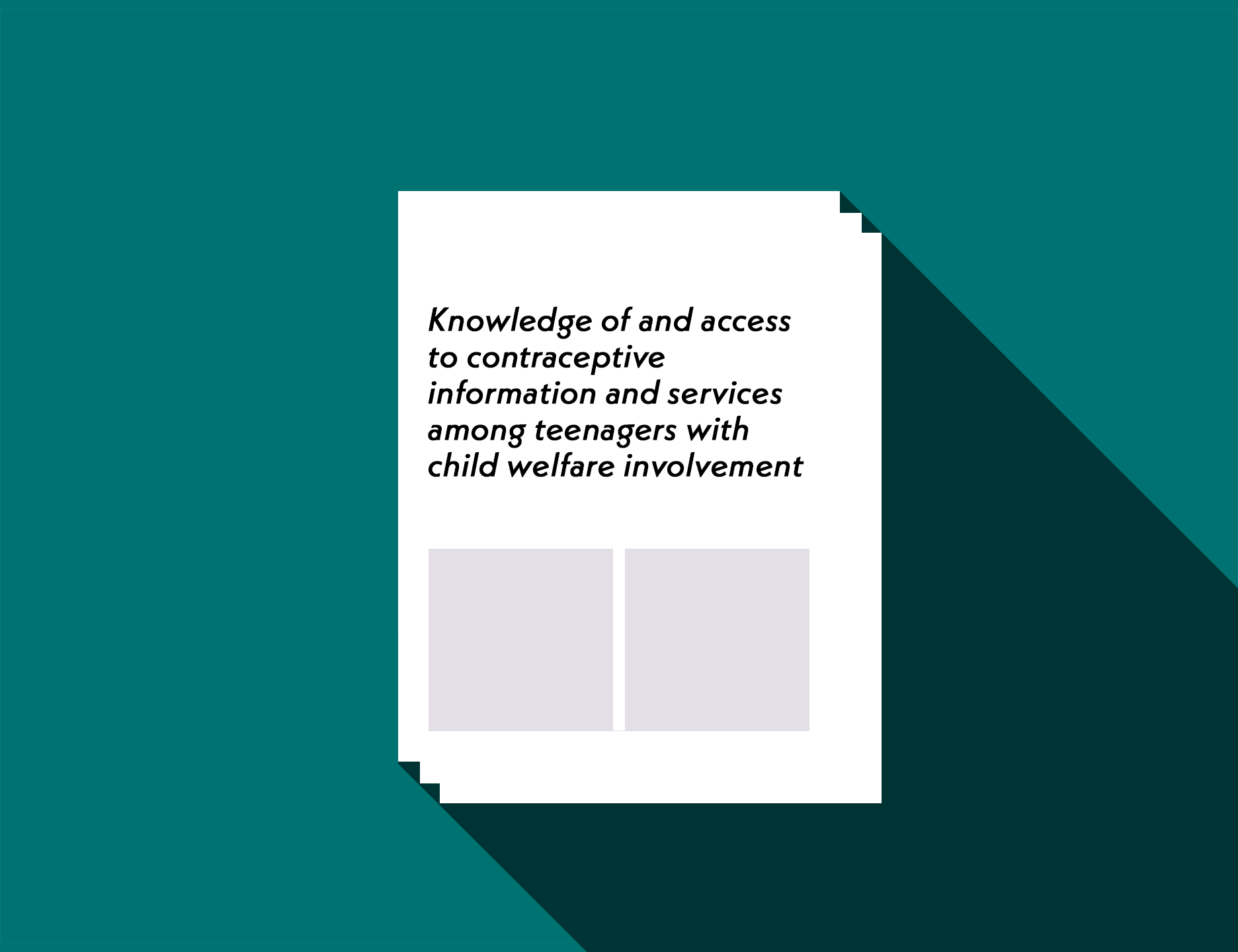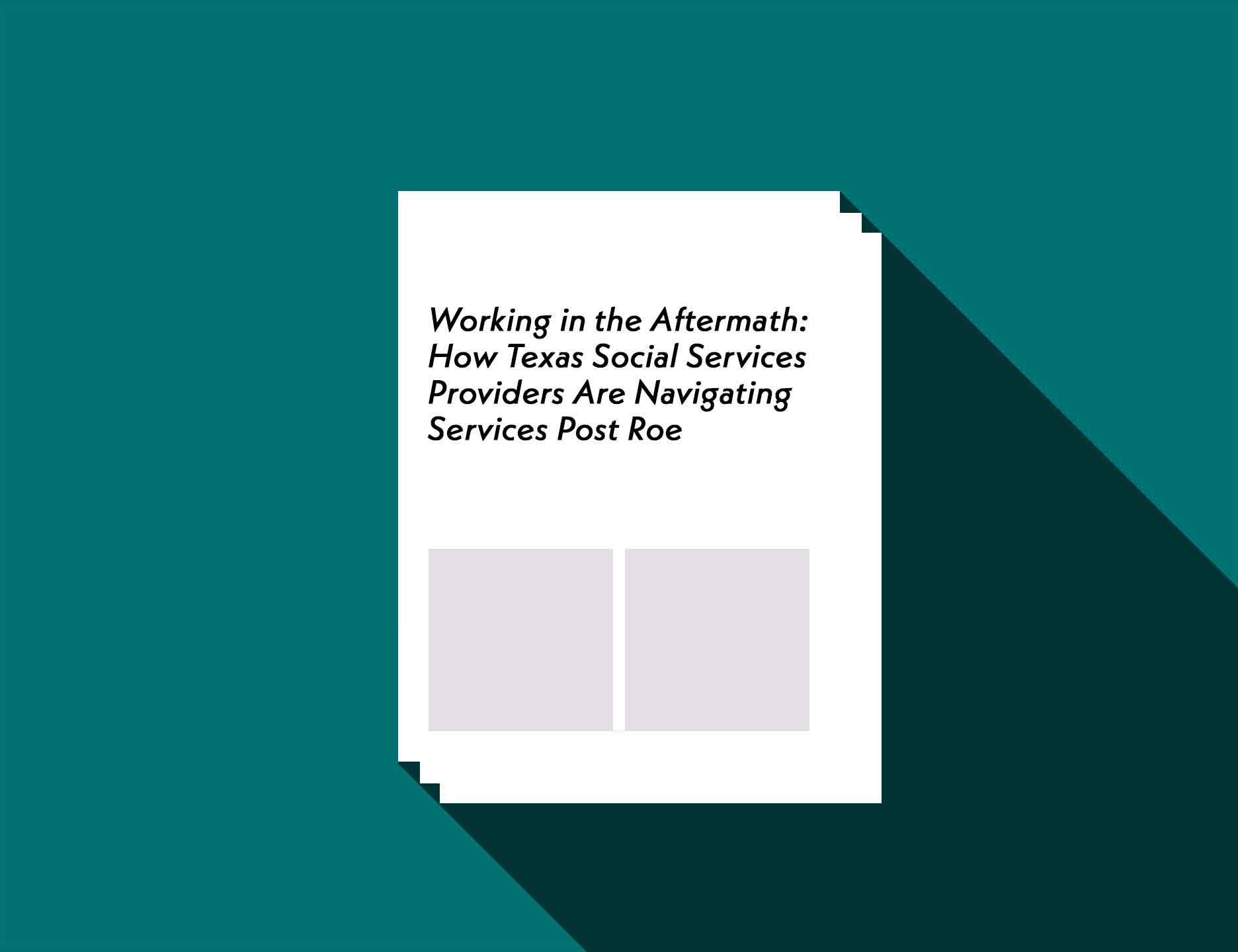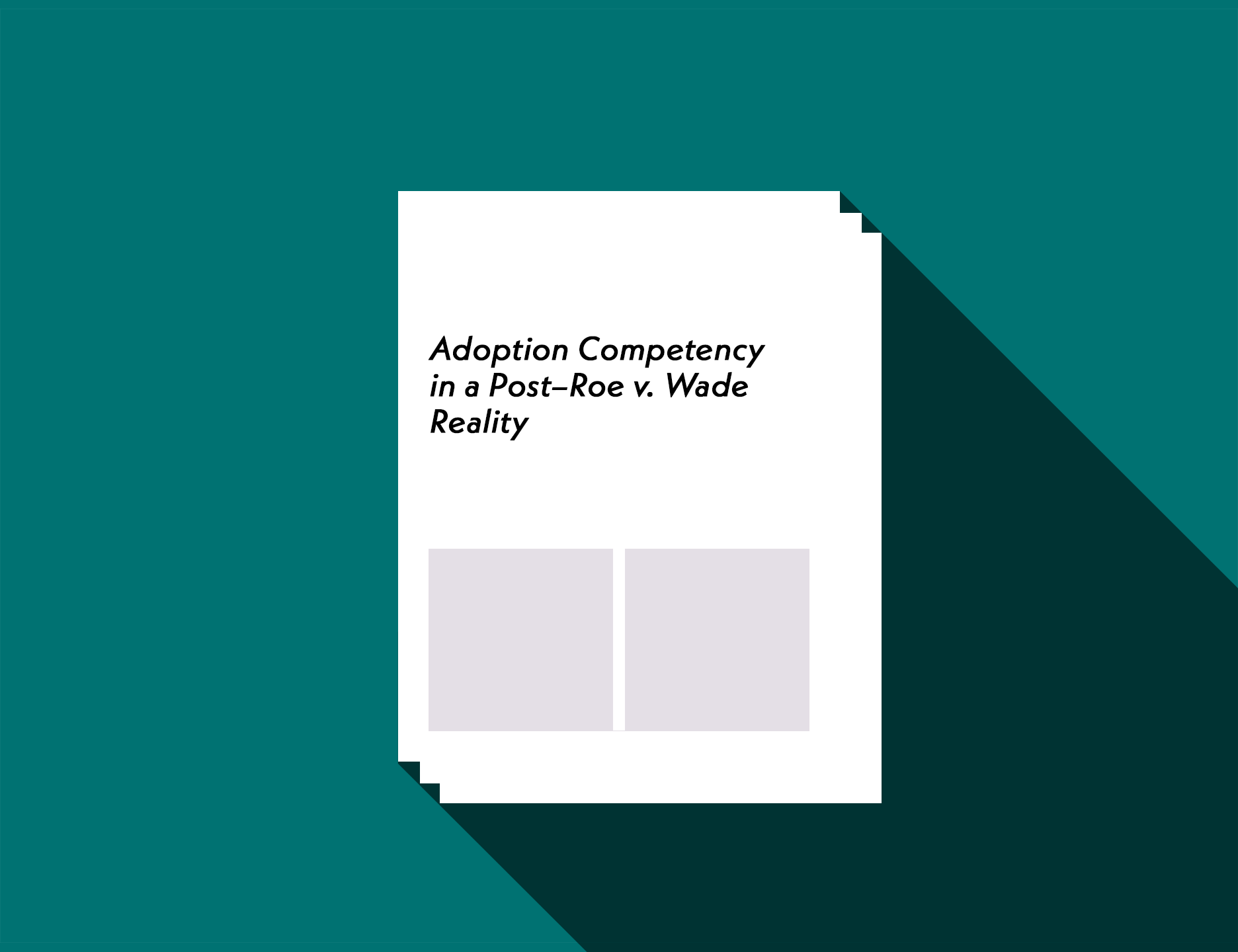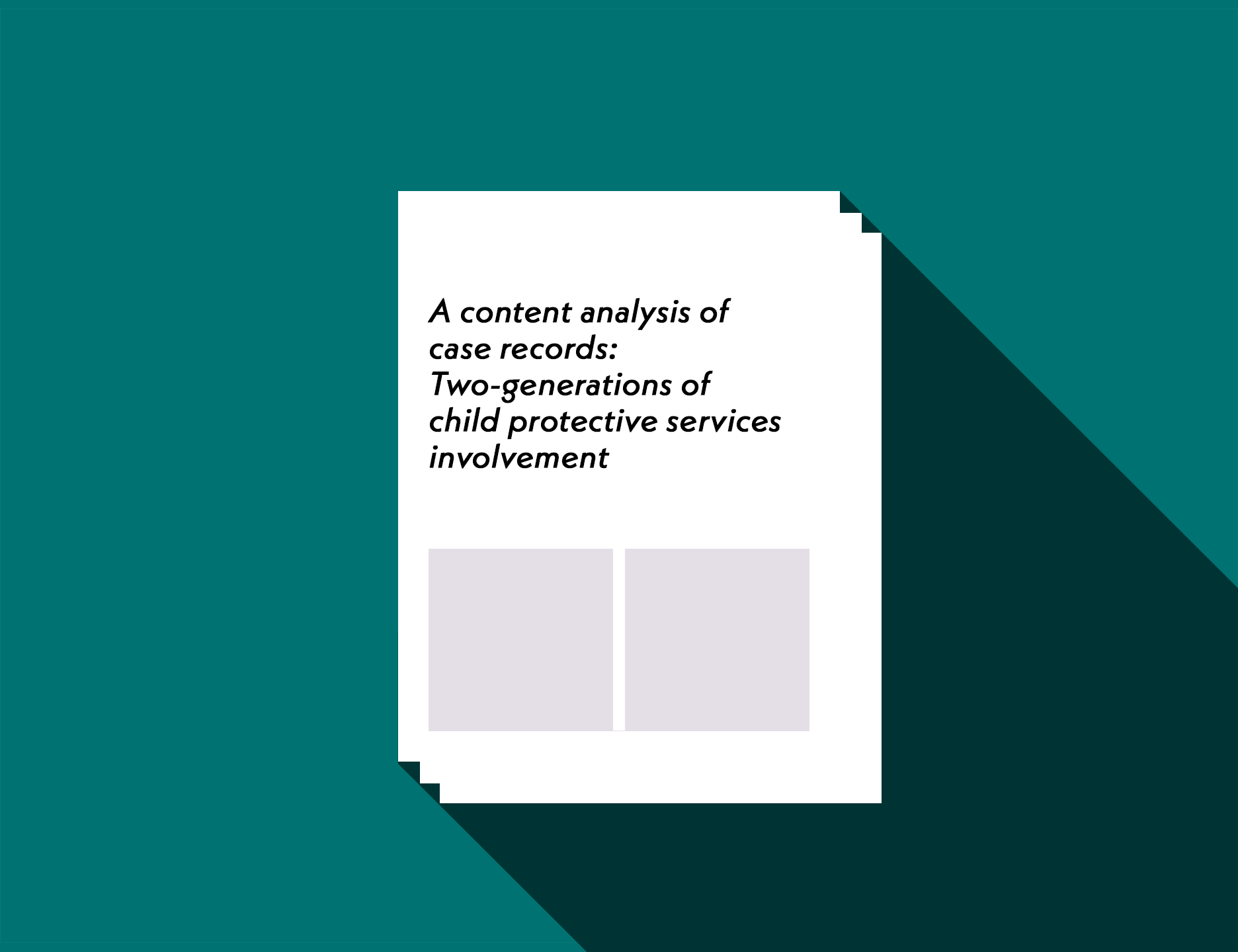
Factors associated with first and repeat births among females emancipating from foster care
Children and Youth Services Review, March 2021
Svetlana Shpiegel, Tammi Fleming, Lisa Mishraky, Sheila VanWert, Blanca Goetz, Elizabeth M. Aparicio, and Bryn King
Suggested Citation
Shpiegel, S., Fleming, T., Mishraky, L., VanWert, S., Goetz, B., Aparicio, E. M., & King, B. (2021). Factors associated with first and repeat births among females emancipating from foster care. Children and Youth Services Review, 125, 105977.
Abstract
This study examined the rates and correlates of first and repeat births in a national sample of females emancipating from foster care in the United States (N = 3,699). Data from the National Youth in Transition Database and the Adoption and Foster Care Analysis and Reporting System were used to evaluate birth rates between ages 19 and 21, and explore the risk, protective, and child welfare factors associated with first and repeat births. Findings revealed that about 30% of females in the current sample had given birth between ages 19 and 21. Of these females, about one-third had at least one previous birth, generally between the ages of 17 and 19. Higher risk of both first and repeat births between ages 19 and 21 was associated with disconnection from school and employment, increased placement instability, and earlier exit from foster care. In contrast, lower risk of first and repeat births was associated with receiving educational financial assistance. Implications for policy, practice, and research are discussed.








